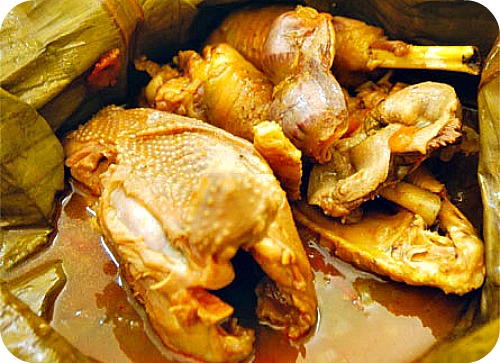Introduction: Uganda’s Culinary Culture
Uganda’s culinary culture is a reflection of its diverse ethnic groups and their various cooking styles. Ugandan cuisine is known for its use of fresh and locally sourced ingredients such as plantains, cassava, beans, and vegetables. Meat, fish, and poultry are also widely consumed, with goat and chicken being the most popular.
Ugandan food is characterized by its hearty and filling nature, with dishes often featuring starchy staples like posho (maize meal), rice, and potatoes. The country’s cuisine has been influenced by its neighbors, including Kenya, Tanzania, and Rwanda, as well as by colonial influences from the British.
Spices in Ugandan Cuisine: A Brief Overview
Spices are an essential component of Ugandan cuisine. They are used to add flavor, aroma, and heat to dishes, and are often sourced locally. Some of the most commonly used spices in Uganda include garlic, ginger, cumin, coriander, and turmeric.
Ugandan cuisine also incorporates a range of chilies and peppers, which add heat and depth to dishes. These include Piri-Piri, which is a hot chili pepper native to Africa, and the Scotch Bonnet, which is also widely used in the Caribbean and South America.
Common Ugandan Dishes and Their Spice Levels
Many Ugandan dishes are known for their spiciness, but not all of them are particularly hot. Some dishes, like matoke (boiled plantains), are relatively mild, while others, like katogo (a dish made with meat and vegetables), can be quite spicy.
Other popular dishes in Uganda include ugali (a maize meal porridge), groundnut sauce (a peanut-based stew), and chapati (a flatbread). These dishes may be served with a variety of side dishes and condiments, such as chutneys, pickles, and sambals.
Ingredients That Add Heat to Ugandan Meals
Several ingredients are commonly used to add heat to Ugandan meals. These include fresh chilies, dried chili flakes, and chili powders. Ginger and garlic are also used to add flavor and warmth to dishes.
Another ingredient that is widely used in Ugandan cuisine is the African bird’s eye chili, also known as piri-piri. This small, fiery chili pepper is used to add heat to sauces, stews, and curries, and is often served alongside grilled meats.
Regional Differences in Spice Preferences
Uganda is a diverse country with many different ethnic groups, and this is reflected in the country’s cuisine. Regional differences in spice preferences are common, with some regions preferring milder, sweeter dishes, while others prefer spicier, more pungent flavors.
For example, in the western region of Uganda, dishes are often sweeter and less spicy, while in the east, chili peppers are used more liberally. In the north, dishes are often made with locally grown peanuts, which add a nutty flavor and a mild heat to dishes.
Conclusion: The Role of Spices in Ugandan Cooking
Spices are an essential component of Ugandan cuisine, adding flavor, aroma, and heat to dishes. While many Ugandan dishes are known for their spiciness, not all of them are particularly hot, and regional differences in spice preferences are common.
Ugandan cuisine is a reflection of the country’s diverse ethnic groups and their various cooking styles. With its hearty and filling dishes, made using fresh and locally sourced ingredients, Ugandan cuisine is a reflection of the country’s rich culinary culture.

